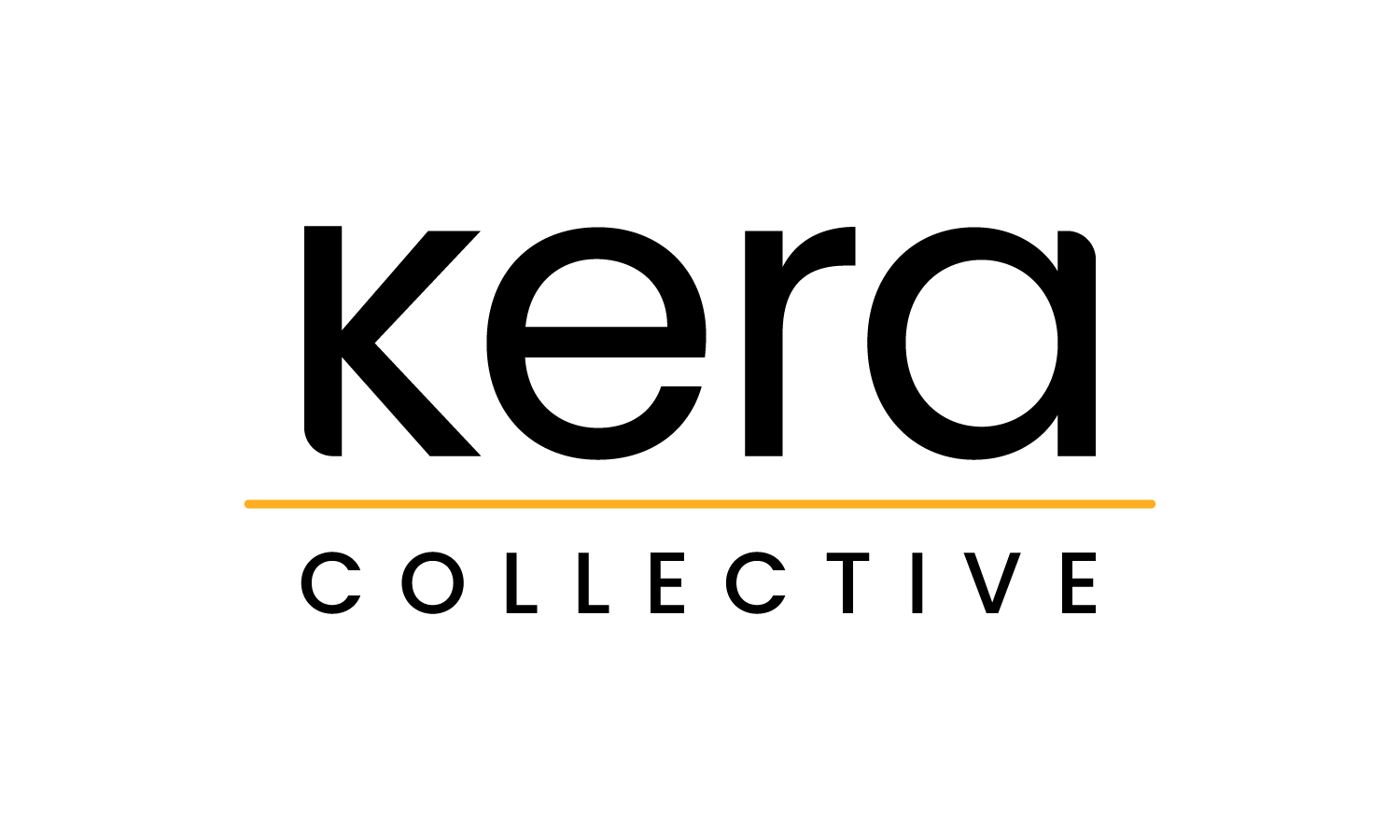Are We Asking The Wrong Question About Impact?
Impact is the positive difference something (like a museum) makes in people’s lives. It’s how people’s lives are somehow better because of an experience, interaction, or intervention.
I most often hear impact referenced in the museum field in terms of measurement. Questions like these are common:
How can we measure our museum’s impact?
How can we demonstrate our impact?
Implicit in these questions is the assumption that impact is happening, and that the real puzzle is in figuring out how to prove it to others.
But, what makes you so sure impact is happening? And what do you mean by impact in the first place?
Just because you put something out into the world, that doesn’t mean it will automatically have an impact and make people’s lives better.
In museums, I see this at the programmatic level often (although it happens at the organizational level too). A common scenario is that a museum has a program, either long-standing or new, and wants to measure the impact of that program, perhaps because a funder requires it or because proof of impact will help them secure more funding. Great reasons, I get it. In this scenario, the people running the program think of the program’s end users—like children, families, or students—and want to show the effect they are having on those people.
The worst thing that can happen when you measure impact is you discover you are having little or no impact, and you are left wondering, what happened? Did our audiences just not “get it”? It can be a devastating feeling when you consider how much time, energy and passion likely went into making the program possible. It doesn’t have to be that way.
I am an evaluator, and I love the challenge of measuring the positive difference museums make in people’s lives, especially when that impact is something not obviously measurable, like delight, wonder, and relevance. And from many years of experience, I know you can’t jump into measuring impact until you have done the hard work of looking inward and asked the question: How do we create the conditions necessary to lead to impact?
Long before you consider measuring impact, do these things:
Write an impact statement that articulates the positive difference you want to make in people’s lives
Break that impact down into measurable outcomes
Ensure that everyone on your team knows the impact statement and understands the outcomes
Refer to your impact statement often, using it as a guidepost for making decisions as you design and run your program
Put your resources (time and money) toward the things that are most likely to lead to that impact, and stop doing the things that won’t
Do exploratory research—like audience research, front-end evaluation, pilot testing, prototyping—to see if you are on the right track with impact
Adjust your program (or the impact statement) based on those results
Then, and only then, is it worth spending your resources to measure your impact. At this point, you feel confident that you’ve done everything you can to create the conditions to achieve impact. You are clear on what the impact is that you want to measure and you have evidence that you are on the right track.
I’ve seen it done this way and love guiding this work. It is time consuming and requires patience to wait to measure impact. It’s unsexy to funders and leadership. But when you systematically and intentionally create the conditions to lead to impact first, it is highly likely you will achieve exactly what you set out to do and make a positive difference in people’s lives.
